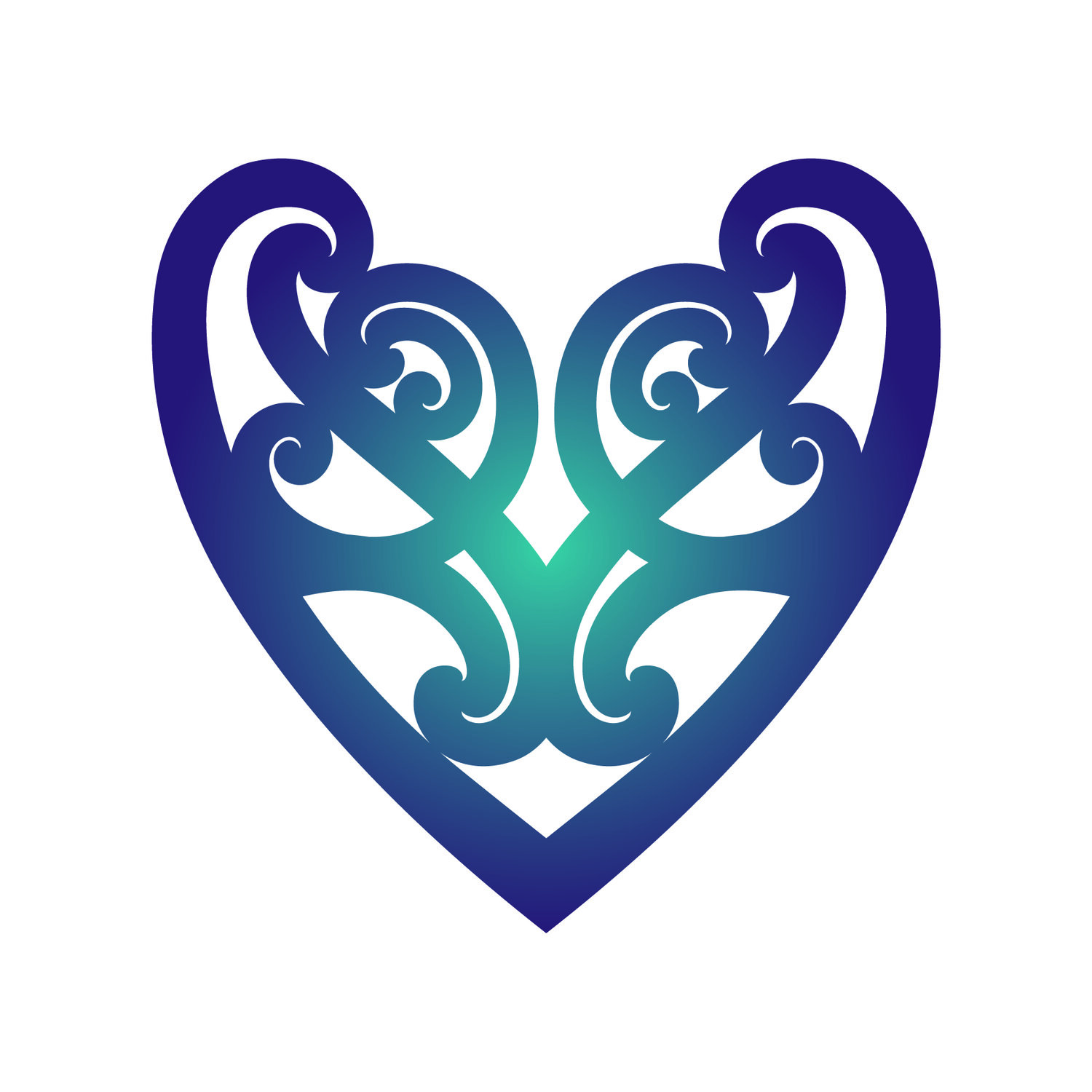
Who are we?
Mission and Vision
Whānau Whanake is wayfinding for whānau to thrive. Our vision is whānau thrive in an accessible, accepting, diverse and inclusive world. We aim to reduce negative health indictors for whānau impacted by chronic health conditions, disability, injury or trauma. Creating opportunities where whānau feel supported to become self-managing. We are dedicated to positively changing whānau narratives.
Values
Manaakitanga
- we show the upmost care and respect for all people
Whanaungatanga
- we create and nurture relationship with people
Tiaki
- we care for people and place
Tūhura
- we support people to discover, explore and connect
Kotahitanga
- we are inclusive and work together for the greater good of all
Whakapapa of our tohu
The kaupapa around our tohu | logo comes from our connection and aroha | love for our tipuna. Our nans have been a huge part of how and why we do what we do. The aroha and strength they gave us is reflected in the manawa | heart.
Our mahi is to pass that aroha on to the next generations and the heart is open, symbolising our services are not lineal and that our whānau can come and go as they need to. The weaving of the koru embraces that we are all at different stages of our growth, yet we are all connected and are an accessible and non-judgemental tribe.
We chose purple because is it said to have the power to uplift, calm nerves and encourage creativity, making it an all-inclusive colour; all ages, genders and cultures can relate to purple.
Te Whare Tapa Whā
Our mahi is based on the Māori health model of Mason Durie: Te Whare Tapa Whā. Developed in the early 80’s by Sir Mason Durie, Te Whare Tapa Whā is a holistic model created to provide a Māori perspective on health and wellness. Using a wharenui, he showed the four sides each represented a part of one’s wellbeing. Our experience tells us that without considering each cornerstone of Te Whare Tapa Whā, we are not looking at the person as a whole being. Many of our whānau are urban Māori and for various reasons, are not always connected to their marae. The birdhouse represents Whānau Whanake being an urban movement; a place of belonging for anyone.
Taha Tinana - our physical health, how we move and take care of our body. Physical health is just one aspect of wellbeing and cannot be separated from whānau, wairua and hinengaro.
Taha Wairua – a person’s spirit, however, not necessarily religious. Without a spiritual awareness, whānau wellbeing is affected and they are more prone to ill health. Wairua may also explore relationships with the environment, between people, or with heritage.
Taha Whānau - whānau provides us with the strength to be who we are. This is the link to our ancestors, our ties with the past, the present and the future. Understanding the importance of whānau and connection - a sense of belonging.
Taha Hinengaro - thoughts, feelings and emotions. How do we talk to ourselves and share these thoughts with others?
Whenua - the whenua represents our connection to the land and the foundation upon which each person stands. While the birdhouse does not sit on the ground, we see the rākau being our connection to the whenua. This acknowledges that our whānau come from all over so we are not connected to just one piece of whenua, however the rākau still grounds us like a pou.




